Canning Homemade Chicken Noodle Soup: A Flavorful Recipe to Warm Your Soul
Embark on a new canning adventure by preserving the comforting flavors of homemade chicken noodle soup.
This delightful recipe will not only warm your heart but also expand your canning repertoire. Follow along as we guide you through the step-by-step process of canning this delicious soup, perfect for those cozy winter days or whenever you're craving a bowl of homemade goodness. Get ready to savor the flavors of homemade chicken noodle soup straight from your pantry!
Ingredients:
- - 4 leg quarters or a whole chicken
- - Celery (from the freezer)
- - A handful of carrots
- - 1 stick of butter
- - 1 whole onion
- - A bunch of garlic
- - Salt and pepper
- - Garlic powder
- - Onion powder
- - Chicken bouillon
- - Basil
- - Rosemary
- - Parsley
- - Frozen mixed veggies
- - 2 bags of egg noodles
- - 2 bags of frozen mixed veggies
Instructions:
1. Prepare the chicken:
- - In a large pot, add the chicken (leg quarters or whole chicken) and cover it with water.
- - Add the celery, handful of carrots, stick of butter, whole onion, bunch of garlic, salt, and pepper.
- - Boil the chicken until it is fully cooked and tender.
- - Once cooked, remove the chicken from the pot and set it aside.
2. Prepare the soup base:
- - Remove all the vegetables (except the garlic) from the pot and transfer them to a blender or food processor.
- - Purée the vegetables until smooth.
- - Return the puréed vegetables to the pot and add more water.
- - Season with additional salt, pepper, garlic powder, onion powder, chicken bouillon, basil, rosemary, and parsley.
- - Add the frozen mixed veggies to the pot and let the soup simmer for a while.
3. Shred the chicken and add it to the soup:
- - Pull the chicken meat off the bone and shred it into bite-sized pieces.
- - Add the shredded chicken back into the pot of soup.
- - Allow the soup to cook for a bit longer, allowing the flavors to meld together.
4. Add the noodles:
- - Add the egg noodles to the soup and cook for approximately 15 minutes, or until the noodles are tender.
5. Canning the soup:
- - Sterilize your canning jars, lids, and rings according to proper canning procedures.
- - Ladle the hot chicken noodle soup into the sterilized jars, leaving appropriate headspace (usually 1 inch).
- - Wipe the jar rims clean, place the lids on top, and secure with rings.
- - Process the jars in a pressure canner or water bath canner according to the recommended processing times for chicken soup.
Congratulations on successfully canning your homemade chicken noodle soup! By following this recipe and canning process, you can enjoy the comforting flavors of this classic soup whenever you desire.
Stock up your pantry with jars of this delicious soup, ready to be heated and savored on those chilly days or whenever you crave a bowl of nourishing goodness. Enjoy the convenience and satisfaction of homemade chicken noodle soup, preserved with love.

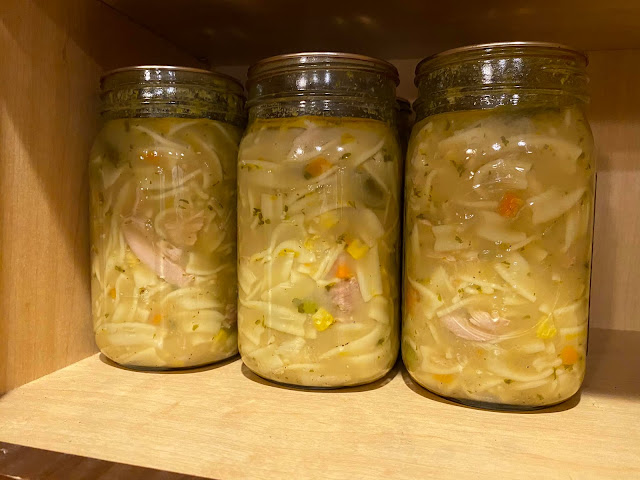



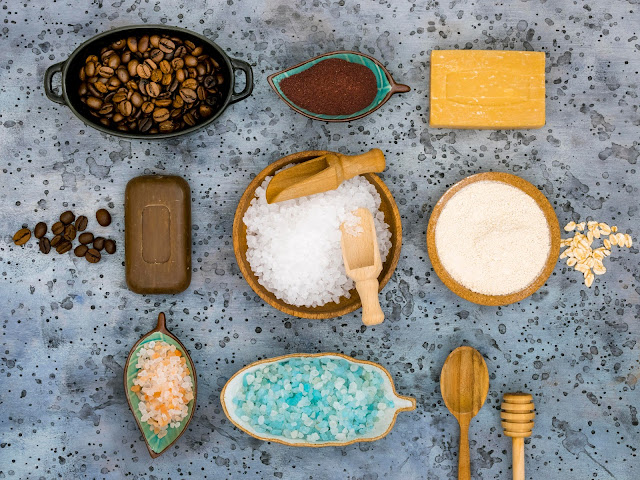

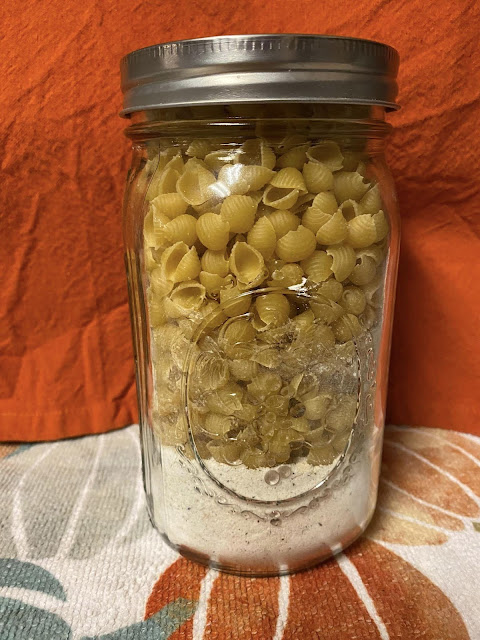




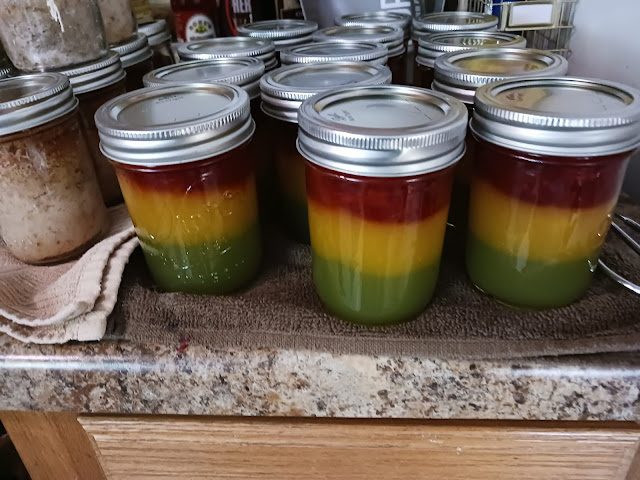


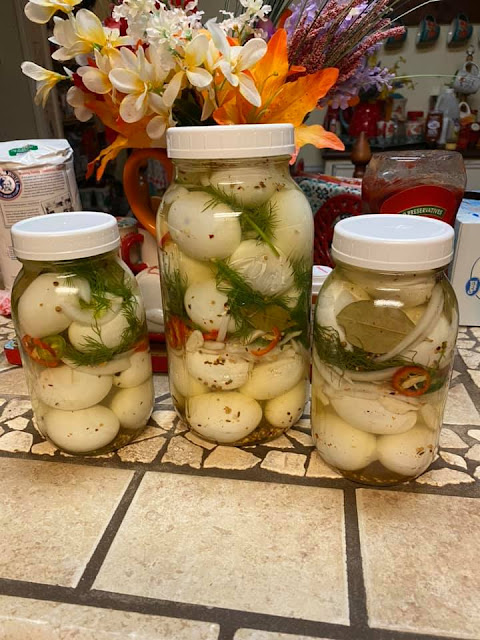

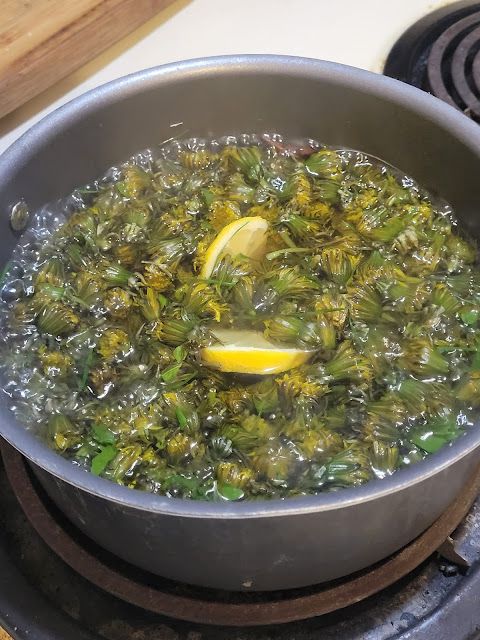
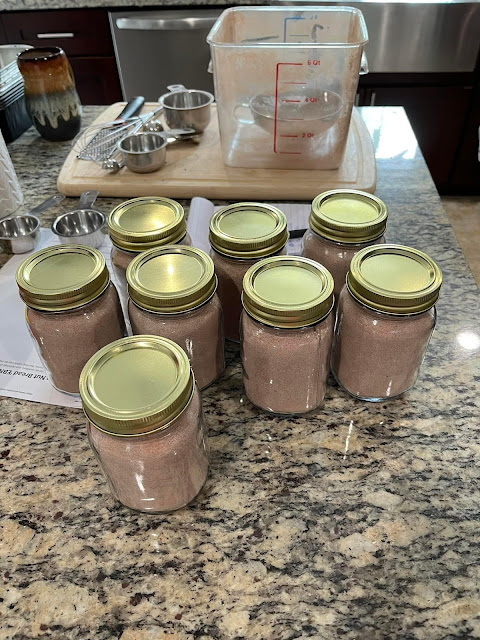


Comments
HAS to be pressure canned! There is NO SAFE WAY to water bath can meats, poultry, fish, etc!!!! PLEASE DO YOUR RESEARCH AND DONT TRUST EVERYTHING YOU SEE ON THE INTERNET!!!
ReplyDeleteWell if that’s the case then why can’t we just water bath can everything but the meat?? Would that be so bad stil?? It would at least stop everyone from asses about the whole thing 😳😳
Deleteyes you can water bath meat safely...3 hours rolling boil. Our ancestors didn't have a pc so how do you think they did it?
ReplyDeletePressure canning has been around longer than you realize. My great-grandmother, born in the 1870s was already using pressure canners in the 1930s.
DeleteTo the person who said to water bath the soup for 3 hours, you are so misinformed. Boiling does not kill botulism. My mother boiled canned beans for 20 minutes and they were like mush. Botulism is one of the 3 deadliest poisons on earth and is not killed at 212 degrees( boiling) , but 250+ degrees.( pressure canning.)Who knows how many Innocents died of botulism from water bathing over the years. I learned this in college microbiology for nursing.
DeleteIt's not about the length of time that something boils...It's the temperature it has to reach to become shelf stable. Your grandma did it for 80 years & never got sick....Either that's a lie & she never told you different. Or she just got lucky with her food preparation.
DeleteHow long can it last?
ReplyDeleteThe noodles don't get mushy?
ReplyDeleteThey do, but no more so than store bought chicken noodle soup. I made this to can but the liquid boiled out because I was helping the venting process along. I used those and my mother (82 yrs old) went nuts over it. She literally asked for it for lunch and supper for 3 straight days and was sad when I told her we had no more. :)
DeleteYou can ,CAN MEAT with a water bath it just takes more time 3-4 hrs. And it is safe if done properly.
ReplyDeleteYou can boil food all day and it does not get above 212 degrees. It takes 140 degrees to kill botulism spores. Make sure you boil your food after opening for 10 minutes to kill any botulism if you didn’t pressure.
DeleteAh.. repose to boil for 10 min to kill botulism’s after opening jar….. this will not kill the toxin if it has formed in the canning…. If the toxin is there no amount of heating will remove it from the food and you eat it, you will be sick
ReplyDeleteWhat is the shelve life.
ReplyDeleteI would can the soup without the noodles and add them when you eat it.
ReplyDeleteMy mom canned stew meat for years and....gosh!....NO ONE DIED, no one got sick.
ReplyDeleteWhen making the soup, it boils and I put it in a bowl to eat.. if it is safe enough to eat at that point why wouldn't it be safe to can at that point?
ReplyDeleteI would make this with a few modifications. One pressure can the chicken in jars by itself. Two, pressure can the vegetables and broth by itself. The third, making to eat, add the meat and vegetables together in the pot and heat to a boil, then add the noodles cooking until done. I'm not risking getting my family sick and/or ruining the food and wasting the time to make a delicious meal.
ReplyDeleteI would not have a good feeling serving this to my family. Do your research about what CANNOT BE CANNED, ie; pasta, flour, cornstarch, eggs, dairy, etc.
ReplyDeletefreeze it
Delete